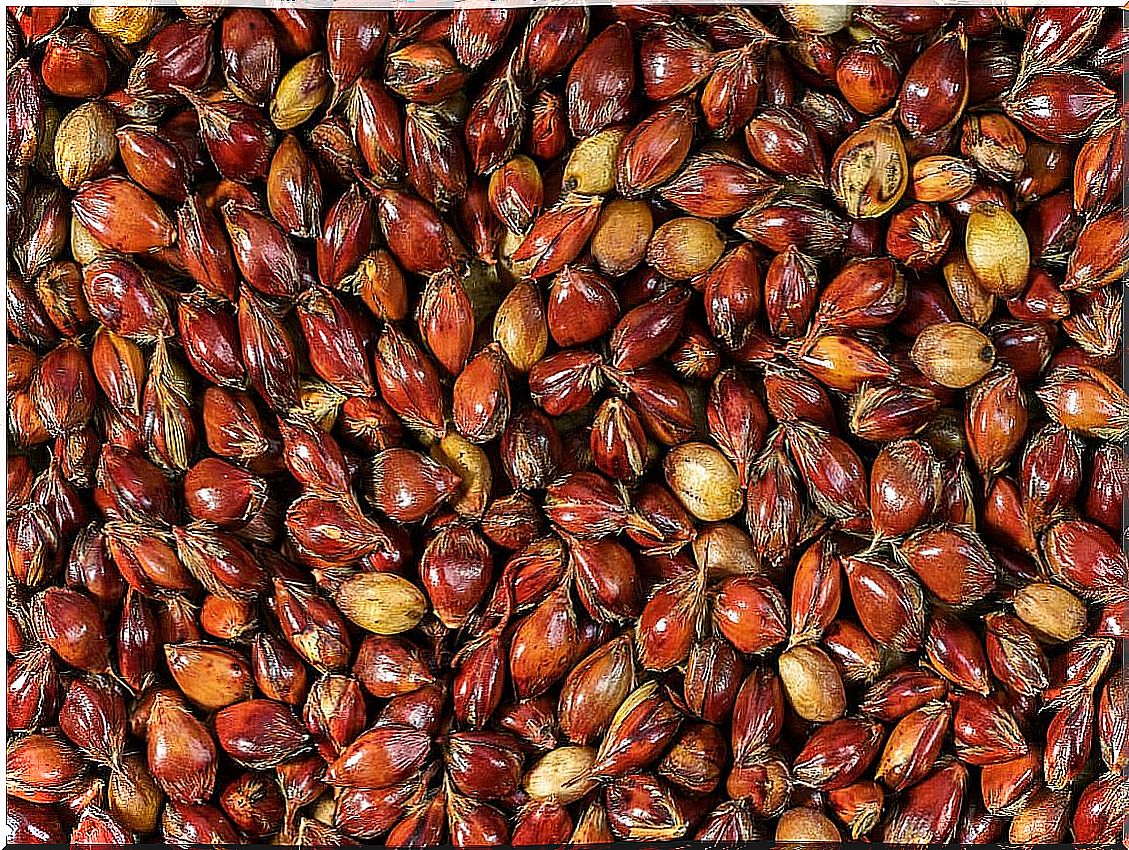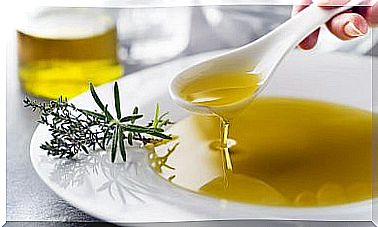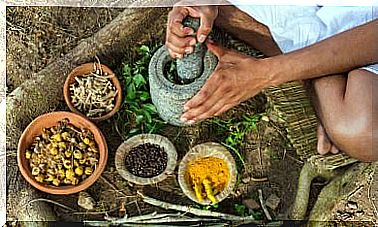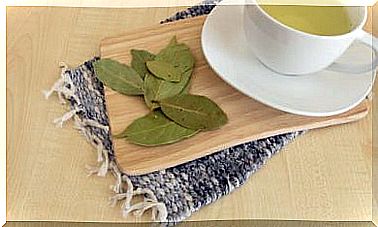Sorghum: Nutrition And How To Use It In The Kitchen
Sorghum is a vegetable that can be used for direct human consumption or for making alcoholic beverages. It is also frequently used for feeding livestock, as it has a high nutritional density. It resembles, in terms of nutrient supply, many other cereals.
Notably, sorghum is rare in most Western countries when it comes to human diets. However, you can take advantage of it, since it is an edible with a lot of complex-type carbohydrates and fiber.
Sorghum nutritional value
As we have mentioned, sorghum concentrates a large amount of carbohydrates inside. Specifically, 72 grams per 100 grams of food.
From the energy point of view, it contributes 329 kilocalories and the presence of proteins amounts to 10.6 grams. Fats are less significant, since they only contain 3.4 grams of lipids per 100 grams of product.
Among the micronutrients, vitamin B3 stands out with 3.7 milligrams and vitamin B9 with 20 milligrams. It only has 2 milligrams of sodium, making it suitable for people with hypertension problems. It is also possible to find minerals such as calcium, iron, potassium and phosphorus inside.

Sorghum benefits
We are going to tell you about the benefits of sorghum for the human organism and the position of science in this regard.
Lower risk of constipation
Fiber has been shown to be a key nutrient for maintaining digestive health. Thanks to it, the risk of constipation is reduced, due to the fact that the size of the fecal bolus and the motility of the intestine increase, favoring the speed of transit.
This is produced by a stimulation of the mechanoreceptors located in the walls of the digestive tract, which send a nerve signal that triggers more intense peristaltic movements.
Control of blood pressure
A high sodium intake is negative for maintaining an adequate blood pressure level. However, the properties of potassium to exert the opposite function are interesting in compensation plan.
According to research published in the International Journal of Cardiology , this mineral would actually be a blood pressure reducer. The good news is that sorghum contains significant concentrations of potassium. For this reason, it may be a good idea to include it on the menu for heart patients.
Increased bone density
Calcium is one of the elements that determine the density of bones. There is evidence that its assimilation at the intestinal level is much higher when vitamin D levels are adequate.
However, a correct intake of the mineral in the diet significantly reduces the risk of developing osteoporosis. Sorghum contains it inside, so the presence of this vegetable in the diet is considered positive for bone health.
Sorghum contraindications
Sorghum contains a substance, hydrocyanic acid, that could cause health problems if consumed in excess. To avoid problems, it is recommended to avoid the ingestion of the leaves and the stem, since in these places there is the highest concentration of the poison.
Likewise, it is advisable to subject it to a previous cooking of 45 minutes to inactivate the substance that remains in a residual way. Otherwise, you could experience problems such as headaches.
It must also be taken into account that there are people who have developed an allergy to this food. In this case, the presence of the diet must be excluded, due to the reaction that is generated and that could lead to serious pictures, such as shock .
How can sorghum be used in cooking?
Sorghum is used in cooking like any other grain. The best thing is to subject it to a cooking process with water, as we have already mentioned, for a time of at least 45-60 minutes over medium heat.
From here it can be presented as an accompaniment to meat, as an addition to a sauce or even as part of a salad. It is important not to exceed the cooking time so that it does not have a bubblegum-like texture, which could be unpleasant.

Sorghum is a gluten-free alternative
Sorghum is a vegetable that can act as many cereals and grains that are part of the usual diet. It has the advantage that it does not contain gluten in its composition, making it suitable for celiacs and intolerant people. However, certain precautions must be taken when cooking it to avoid its toxicity.
It is an excellent option to complete the fiber intake, also guaranteeing the intake of complex carbohydrates with low glycemic value. It pairs well with sauces and makes a fantastic garnish.









